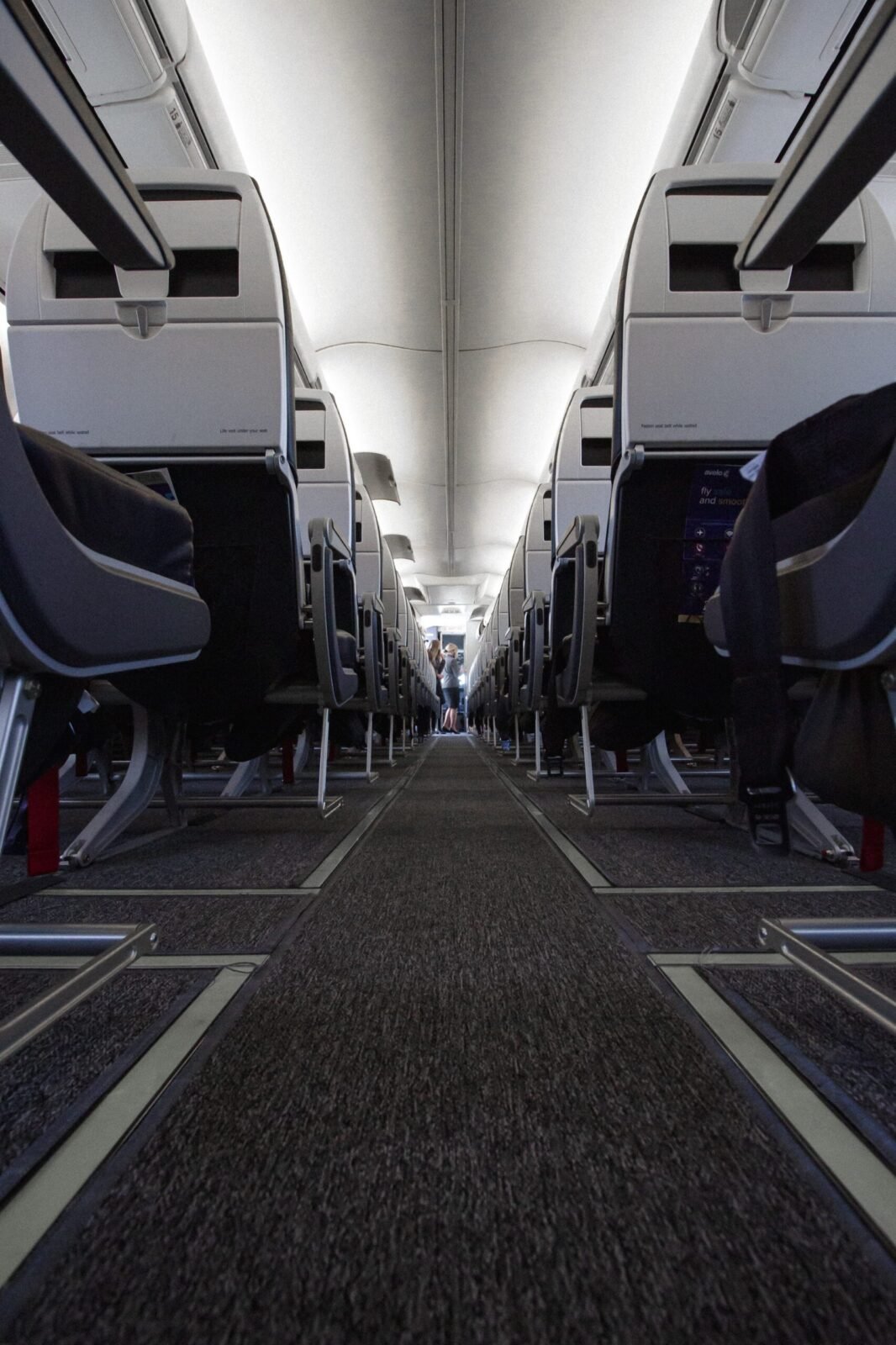Booking a connecting flight can be a convenient and cost-effective way to reach your destination. However, it can also be a source of stress and frustration if not done properly. To ensure a smooth and hassle-free journey, here are some dos and don’ts to keep in mind when booking connecting flights.
Do: Allow Enough Layover Time
When booking connecting flights, it’s important to allow enough layover time between flights. This will give you a buffer in case of delays or unexpected circumstances. Aim for at least an hour or two, depending on the airport and the distance between gates. It’s better to have a longer layover and be safe than to risk missing your connecting flight.
Don’t: Book Tight Layovers
While it may be tempting to book tight layovers to minimize travel time, it’s not always the best idea. Tight layovers leave little room for error and can be extremely stressful if your first flight is delayed. It’s better to have a longer layover and enjoy a stress-free journey than to constantly worry about making it to your next flight on time.
Do: Research the Airport Layout
Before booking your connecting flights, take some time to research the layout of the airport. Familiarize yourself with the terminals, gates, and transportation options between them. This will help you navigate the airport more efficiently and avoid getting lost or confused. Knowing where you need to go will save you time and reduce stress during your layover.
Don’t: Ignore Minimum Connection Times
Each airport has a minimum connection time, which is the minimum amount of time required to make a connection between flights. Ignoring these minimum connection times can lead to missed flights and added expenses. Make sure to check the minimum connection time for your specific airport and ensure that your layover exceeds that time.
Do: Consider Travel Insurance
When booking connecting flights, it’s a good idea to consider purchasing travel insurance. Travel insurance can provide coverage for delays, cancellations, missed connections, and other unforeseen circumstances. It offers peace of mind and can save you from potential financial losses. Read the policy carefully to understand what is covered and what is not.
Don’t: Forget to Check Baggage Policies
Before booking your connecting flights, make sure to check the baggage policies of the airlines you will be flying with. Different airlines may have different rules regarding baggage allowances, fees, and restrictions. Ensure that your baggage complies with the policies of all the airlines involved in your journey to avoid any surprises or additional charges.
Do: Pack Essentials in Your Carry-On
When traveling with connecting flights, it’s always a good idea to pack essential items in your carry-on luggage. This includes medications, toiletries, a change of clothes, and any valuables. In case your checked baggage gets delayed or lost during the connection, having these essentials with you will ensure that you have the necessary items until your baggage is located or replaced.
Don’t: Overlook Flight Reviews and Ratings
Before booking your connecting flights, take the time to read reviews and ratings of the airlines and airports involved. This will give you insights into the quality of service, punctuality, and customer experiences. Choosing reputable airlines and airports can significantly enhance your travel experience and reduce the chances of encountering issues during your journey.
Do: Stay Updated with Flight Status
Throughout your journey, it’s important to stay updated with the status of your flights. Monitor any changes in departure or arrival times, gate changes, or delays. Airlines often provide real-time updates through their websites or mobile apps. Being aware of any changes will allow you to plan and adjust accordingly, ensuring a smooth connection between flights.
Don’t: Panic in Case of Delays
Delays are a common occurrence in air travel, and it’s important not to panic if you encounter one. Instead, stay calm and approach the airline’s customer service for assistance. They can help you rebook your connecting flight or provide alternative solutions. Remember that delays happen, and the airline staff is there to assist you in reaching your destination.
Booking connecting flights can be a convenient way to travel, but it requires careful planning and consideration. By following these dos and don’ts, you can ensure a stress-free and enjoyable journey from start to finish.

